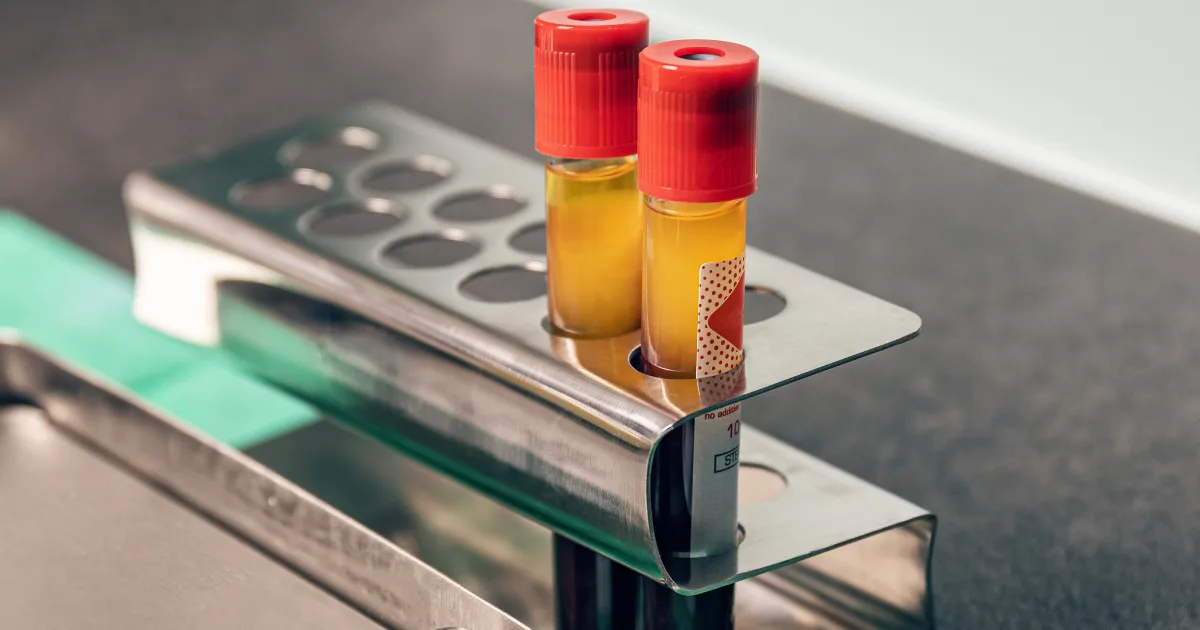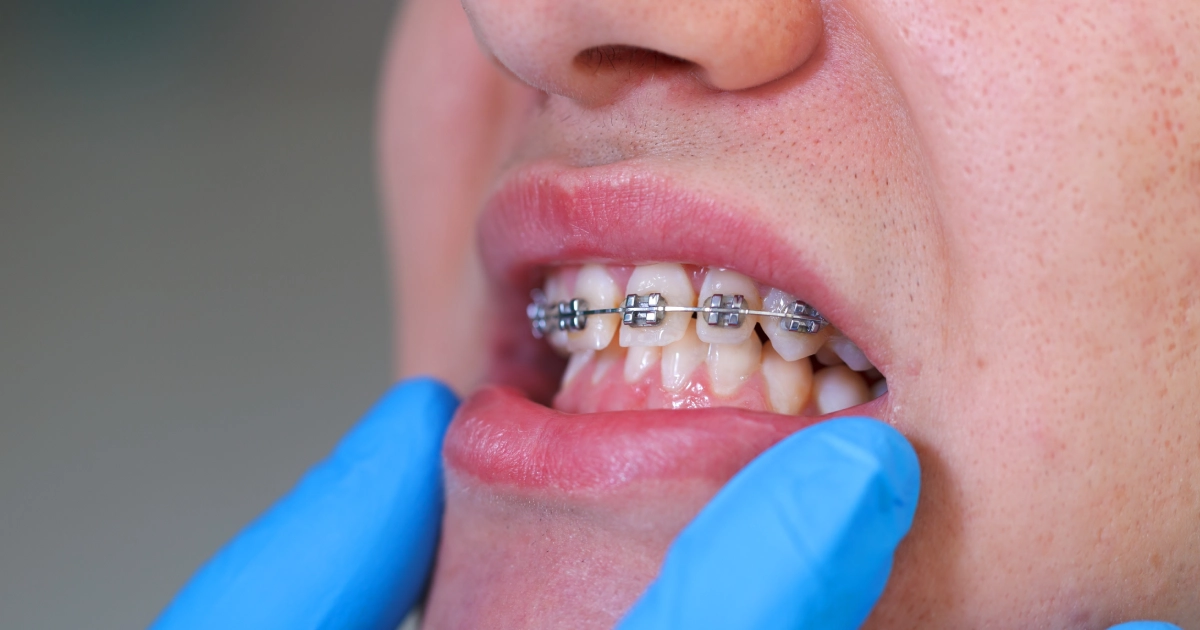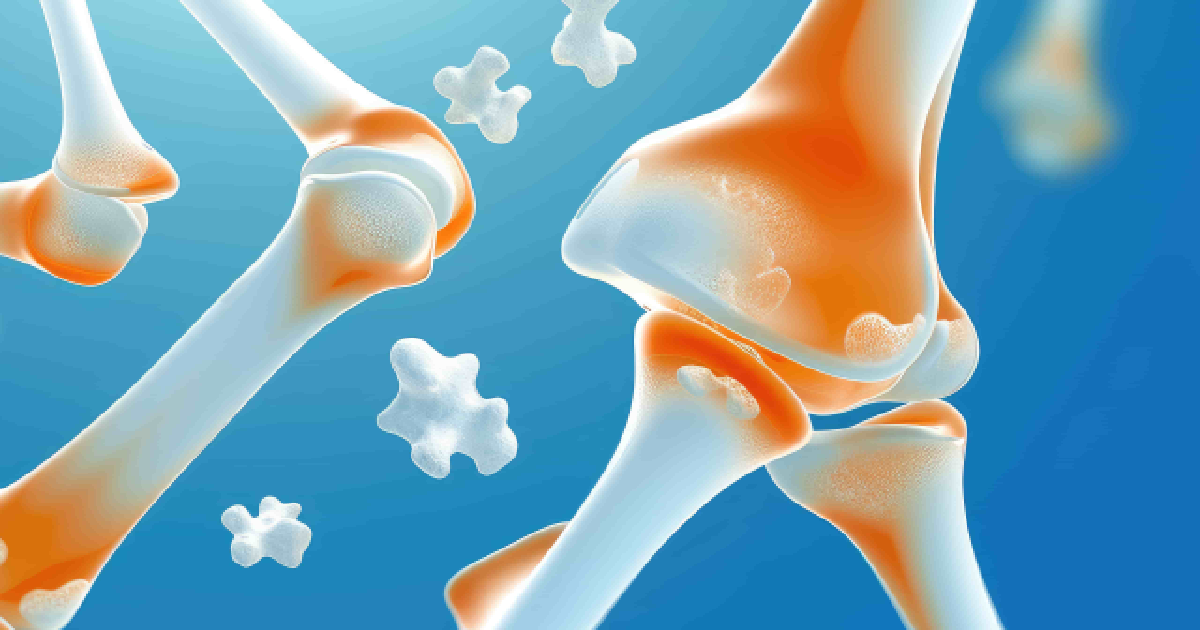Oral pathology is a fundamental aspect of dental health that centers on identifying and understanding diseases within the mouth and surrounding areas. This field goes beyond routine dental care by addressing complex oral diseases, from infections to cancers, that can significantly impact overall well-being. The value of oral pathology lies in its ability to offer early detection and precise diagnosis, setting the stage for effective treatment and prevention strategies. By focusing on the intricate relationship between oral health and systemic conditions, oral pathology underscores the importance of vigilant oral care and professional oversight.
What is Oral Pathology?
Oral pathology is the branch of dentistry that studies, diagnoses, and treats diseases affecting the oral cavity and its surrounding structures. It aims to understand the causes and effects of these diseases, guiding healthcare professionals in identifying conditions that range from common disorders, like cavities and gum diseases, to more complex issues, such as oral cancers and systemic diseases manifesting in the mouth.
Unlike general dentistry, which often focuses on preventive care and treating common oral health issues, oral pathology dives into the microscopic and biochemical world, unraveling the mysteries of diseases at a cellular level. The insight enables dentists and specialists to devise more effective treatment plans and preventive measures, ensuring patients receive the most appropriate care for their conditions.
The Scope of Oral Pathology
Oral pathology extends far beyond the surface, encompassing many diseases affecting the mouth, jaws, salivary glands, and other structures. This field carefully examines the origins, development, and effects of these conditions, whether from bacterial, viral, or fungal infections or genetic, environmental, or lifestyle factors.
Oral pathologists are trained to recognize the signs of localized oral diseases and systemic conditions that manifest in the oral cavity, such as certain nutritional deficiencies, autoimmune disorders, and even some systemic cancers. Their expertise allows for identifying oral precancerous lesions and cancers, guiding early intervention strategies that can significantly alter patient outcomes. Furthermore, the scope of oral pathology includes the study of oral health’s impact on overall wellness, reinforcing the idea that the mouth is a mirror reflecting the body’s health.
Through detailed diagnostic processes, including biopsies, histopathological examinations, and advanced imaging techniques, oral pathology provides invaluable insights into disease prevention, early detection, and the comprehensive management of oral health conditions, underscoring its vital role in healthcare.
Why Oral Pathology is Critical for Dental Health
Oral pathology’s significance in dental health can be summarized through several key points:
- Early Detection: It allows for the early identification of oral diseases, including oral cancer, where early treatment can dramatically improve outcomes.
- Accurate Diagnosis: Provides a precise understanding of oral diseases, leading to more effective and targeted treatment plans.
- Prevention: Identifies risk factors and disease mechanisms, enabling the development of prevention strategies to mitigate the onset of oral diseases.
- Comprehensive Care: Bridges the gap between dental health and overall health, ensuring that treatments consider the patient’s total well-being.
- Research and Education: Contributes to advancing dental science through research, improving diagnostic methods and treatment options, and informing best practices in dental care.
- Interdisciplinary Collaboration: Facilitates collaboration among dentists, oral surgeons, and medical professionals, ensuring a holistic approach to patient care.
Diagnostic Processes in Oral Pathology
The diagnostic processes in oral pathology involve a series of systematic steps designed to identify and understand oral diseases accurately. These processes integrate clinical examination with advanced diagnostic techniques, ensuring a comprehensive approach to patient care. Here’s an overview of the key components:
- Clinical Examination: The initial step involves thoroughly examining the oral cavity, including teeth, gums, and soft tissues, to identify any visible signs of disease.
- Medical History: Gathering detailed medical and dental histories provides context for current oral health issues, revealing any underlying conditions or risk factors.
- Biopsy and Histopathology: A biopsy may be performed to collect tissue samples for suspicious lesions or abnormalities. A pathologist examines These samples under a microscope to identify cellular abnormalities and diagnose specific conditions.
- Imaging Techniques: Tools like X-rays, CT scans, MRI, and ultrasound help visualize the internal structures of the oral cavity and jaw, aiding in the diagnosis of hidden or complex conditions.
- Laboratory Tests: Saliva, blood, and tissue samples may be analyzed for the presence of pathogens, genetic markers, or other indicators of disease.
- Specialized Testing: In some cases, additional tests, such as immunofluorescence or molecular assays, are employed to diagnose specific types of infections or genetic conditions.
What We Offer
At our clinic, we prioritize the early detection and management of oral pathologies, recognizing the crucial role of preventative care and accurate diagnosis in maintaining oral health. Our services are designed to address a wide range of conditions affecting the oral cavity, with a particular emphasis on the following aspects:
- Comprehensive Evaluations: Understanding that the mouth’s mucosa, a smooth, light pink tissue, can reveal early signs of disease, we meticulously examine any changes in appearance. This attention to detail aids in the early detection of conditions, even beyond oral cancer, which, while severe, is only one of many potential issues.
- Medical History Analysis: A thorough review of each patient’s medical history is a cornerstone of our approach. This analysis helps us identify any factors that might contribute to or influence oral health conditions.
- Direct Examination: Our direct examination focuses on the history of the issue at hand and includes a careful assessment of the mucosa for any color, shape, or texture changes. This step is crucial for identifying early signs of pathology.
- Radiographic Testing: We employ various radiographic tests to investigate jawbone structure changes. Such imaging can be instrumental in detecting underlying pathologies that may not be immediately visible or symptomatic.
- Biopsy Procedures: When our examinations suggest a potential concern, we perform biopsies for a definitive diagnosis. A pathologist extracts and analyzes a small tissue sample microscopically, ensuring that our diagnosis is based on the most accurate and comprehensive information available.
- Follow-up and Treatment Planning: Upon diagnosis, we promptly contact the patient to discuss the results and plan any necessary treatments. This follow-up is essential to our commitment to patient care, ensuring that each individual receives the attention and tailored treatment they need.
Takeaway
At Access Oral Surgery, our commitment to your oral health is unwavering. We understand that the well-being of your mouth is a crucial component of your overall health. With a keen eye for detail and a deep understanding of oral pathology, we are dedicated to providing comprehensive care beyond the surface.
If you’ve noticed any changes in your mouth or are due for a check-up, don’t wait for symptoms to worsen. Contact Access Oral Surgery today to schedule your appointment. Our team is ready to provide you with the expert care and peace of mind you deserve. Remember, early detection is key to managing oral health issues effectively. Let us help you maintain a healthy, vibrant smile for years.




